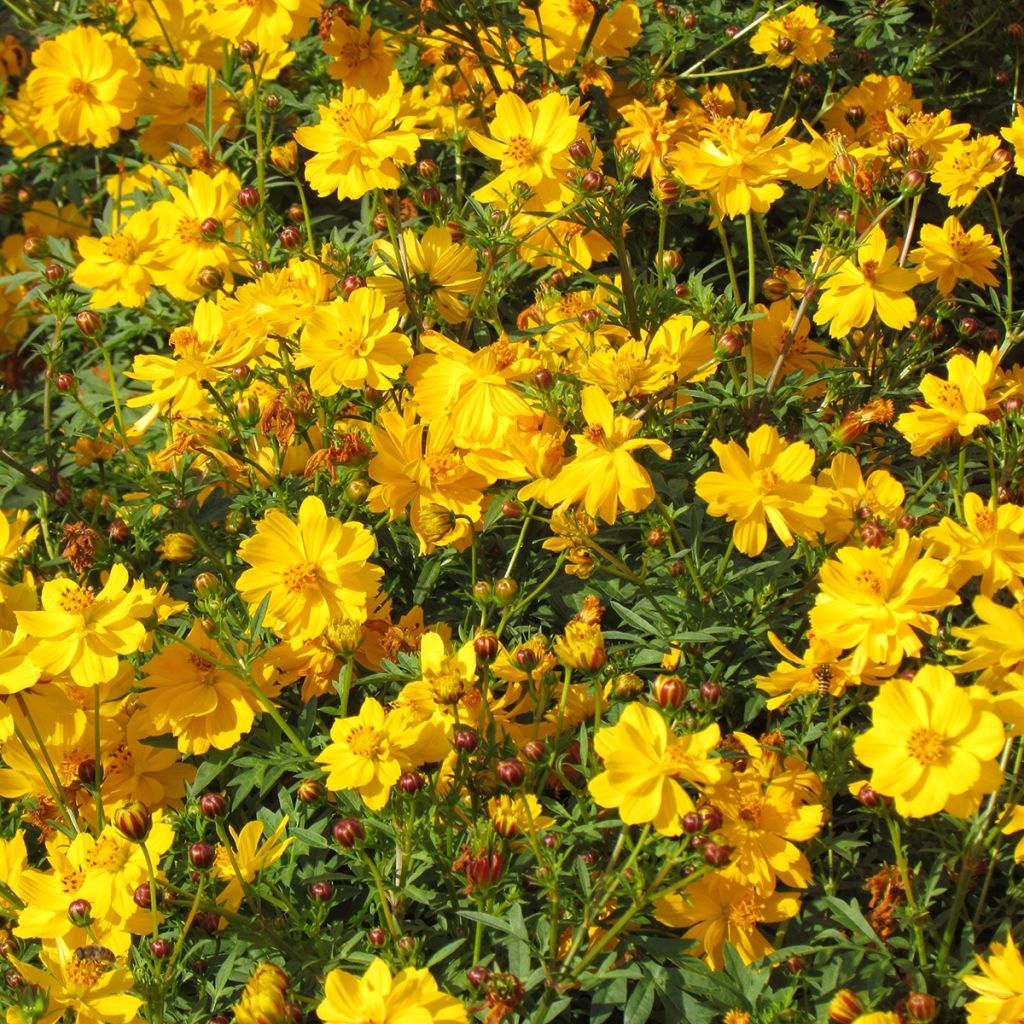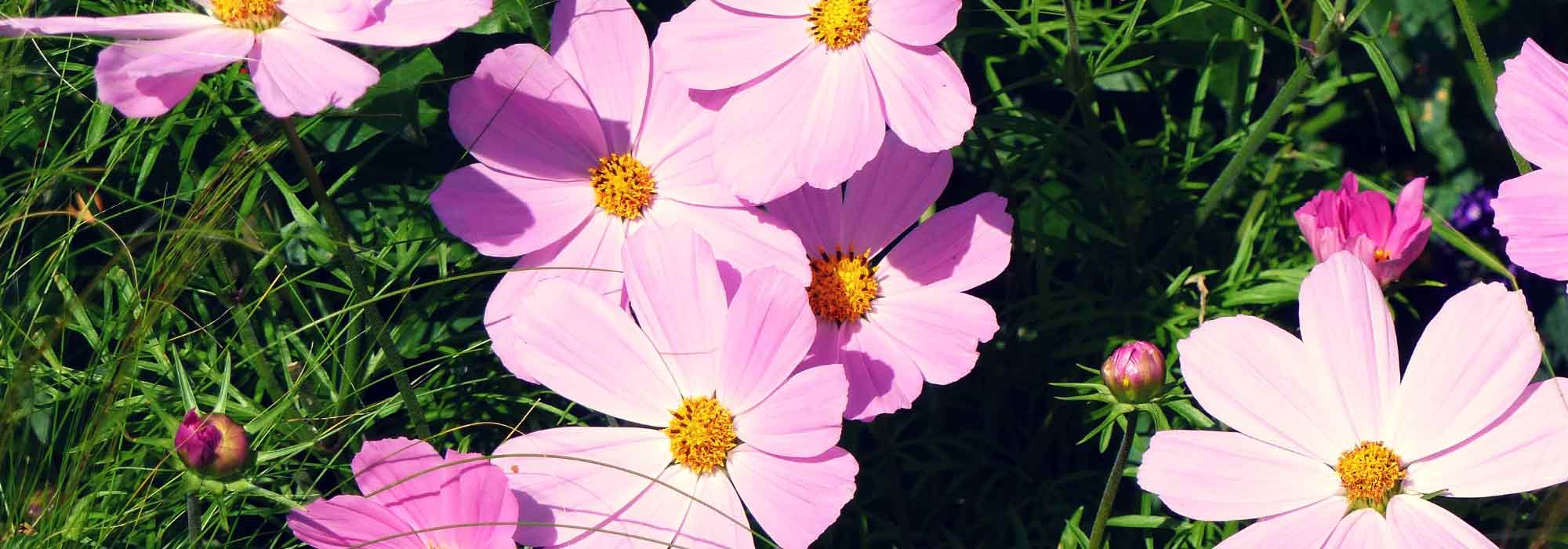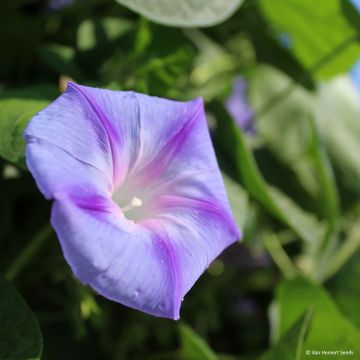

Graines de Cosmos Ladybird Mixed - Cosmos sulphureus


Graines de Cosmos Ladybird Mixed - Cosmos sulphureus


Graines de Cosmos Ladybird Mixed - Cosmos sulphureus


Graines de Cosmos Ladybird Mixed - Cosmos sulphureus


Graines de Cosmos Ladybird Mixed - Cosmos sulphureus


Graines de Cosmos Ladybird Mixed - Cosmos sulphureus


Graines de Cosmos Ladybird Mixed - Cosmos sulphureus
Cosmos Ladybird Mixed - Cosmos sulphureus seeds
Cosmos sulphureus Ladybird Mixed
Sulphur Cosmos, Orange Cosmos
Special offer!
Receive a €20 voucher for any order over €90 (excluding delivery costs, credit notes, and plastic-free options)!
1- Add your favorite plants to your cart.
2- Once you have reached €90, confirm your order (you can even choose the delivery date!).
3- As soon as your order is shipped, you will receive an email containing your voucher code, valid for 3 months (90 days).
Your voucher is unique and can only be used once, for any order with a minimum value of €20, excluding delivery costs.
Can be combined with other current offers, non-divisible and non-refundable.
Home or relay delivery (depending on size and destination)
Schedule delivery date,
and select date in basket
This plant carries a 6 months recovery warranty
More information
We guarantee the quality of our plants for a full growing cycle, and will replace at our expense any plant that fails to recover under normal climatic and planting conditions.
Would this plant suit my garden?
Set up your Plantfit profile →
Description
The Cosmos sulphureus Ladybird Mixed is a variety of dwarf Cosmos with semi-double flowers. It is offered in a mixture of colors ranging from scarlet red to yellow and orange. Its flowering period is very long, making it perfect for country gardens and for making wildflower bouquets.
The Ladybird Mixed variety has a small habit, reaching a height of 40 cm (15.7 in) and spreading over 40 cm (15.7 in). It is well-suited for small gardens, borders, and container cultivation.
This Cosmos is very interesting for decorating the surroundings of the house or adding a touch of warmth to a flower bed. You can combine it with other annuals, such as Coreopsis Be Bop or the Cherry Glow Poppy, or with the Prairie Fire Orange Sedge for a vibrant atmosphere.
Native to South America and belonging to the asteraceae family, the Cosmos sulphureus or Sulphur Cosmos is an annual plant with rapid growth that can reach 1.5 meters in its natural habitat. It has a branched habit and finely cut foliage (although slightly less than Cosmos bipinnatus), with light green color, and displays an tireless flowering from June to the first frost.
The Ladybird Sulphur Cosmos is easy to cultivate. Its flowering is resilient to poor soil, heat, and humidity. Give it plenty of sunlight, and it will bloom no matter what.
It is a particularly attractive plant for bees, and if you refrain from doing a major autumn cleanup, you will likely have the chance to admire birds (especially goldfinches) come to peck at the last seeds.
Flowering
Foliage
Plant habit
Botanical data
Cosmos
sulphureus
Ladybird Mixed
Asteraceae
Sulphur Cosmos, Orange Cosmos
Cultivar or hybrid
Other Cosmos seeds
View all →Planting and care
Sow Cosmos seeds from March to May, at a depth of 3mm (0.1 in), in fine compost and cover the seeds with a very light sprinkle of vermiculite. Place the seed tray in a mini-greenhouse at a temperature of 18-25°C or wrap it in a polyethylene bag. Keep the soil moist but not waterlogged.
Light promotes germination, which occurs 7 to 15 days after sowing. When the seedlings are large enough to handle, transplant them into individual pots with a diameter of 7cm (2.8 in).
Grow them in cooler conditions until the plants are sufficiently developed to be planted outdoors. When all risk of frost has passed, gradually acclimatize the plants to outdoor conditions for 7 to 10 days.
Plant them in full sun, in moist, well-drained soil, spaced 45cm (17.7 in) apart. Pinch out the tips of the shoots on each stem, during transplantation, to encourage branching and the production of numerous flowers.
Cosmos prefer soil with a pH between 6 and 8.5, corresponding to the soil of their original habitat, the alkaline regions of Central America. They prefer full sun but tolerate partial shade. These plants are drought-tolerant once established, they are not very susceptible to diseases but can be targeted by aphids. Spontaneous seedlings are common but not always true to type, without becoming invasive.
Sowing period
Intended location
Planting & care advice
This item has not been reviewed yet - be the first to leave a review about it.
Similar products
Haven't found what you were looking for?
Hardiness is the lowest winter temperature a plant can endure without suffering serious damage or even dying. However, hardiness is affected by location (a sheltered area, such as a patio), protection (winter cover) and soil type (hardiness is improved by well-drained soil).

Photo Sharing Terms & Conditions
In order to encourage gardeners to interact and share their experiences, Promesse de fleurs offers various media enabling content to be uploaded onto its Site - in particular via the ‘Photo sharing’ module.
The User agrees to refrain from:
- Posting any content that is illegal, prejudicial, insulting, racist, inciteful to hatred, revisionist, contrary to public decency, that infringes on privacy or on the privacy rights of third parties, in particular the publicity rights of persons and goods, intellectual property rights, or the right to privacy.
- Submitting content on behalf of a third party;
- Impersonate the identity of a third party and/or publish any personal information about a third party;
In general, the User undertakes to refrain from any unethical behaviour.
All Content (in particular text, comments, files, images, photos, videos, creative works, etc.), which may be subject to property or intellectual property rights, image or other private rights, shall remain the property of the User, subject to the limited rights granted by the terms of the licence granted by Promesse de fleurs as stated below. Users are at liberty to publish or not to publish such Content on the Site, notably via the ‘Photo Sharing’ facility, and accept that this Content shall be made public and freely accessible, notably on the Internet.
Users further acknowledge, undertake to have ,and guarantee that they hold all necessary rights and permissions to publish such material on the Site, in particular with regard to the legislation in force pertaining to any privacy, property, intellectual property, image, or contractual rights, or rights of any other nature. By publishing such Content on the Site, Users acknowledge accepting full liability as publishers of the Content within the meaning of the law, and grant Promesse de fleurs, free of charge, an inclusive, worldwide licence for the said Content for the entire duration of its publication, including all reproduction, representation, up/downloading, displaying, performing, transmission, and storage rights.
Users also grant permission for their name to be linked to the Content and accept that this link may not always be made available.
By engaging in posting material, Users consent to their Content becoming automatically accessible on the Internet, in particular on other sites and/or blogs and/or web pages of the Promesse de fleurs site, including in particular social pages and the Promesse de fleurs catalogue.
Users may secure the removal of entrusted content free of charge by issuing a simple request via our contact form.
The flowering period indicated on our website applies to countries and regions located in USDA zone 8 (France, the United Kingdom, Ireland, the Netherlands, etc.)
It will vary according to where you live:
- In zones 9 to 10 (Italy, Spain, Greece, etc.), flowering will occur about 2 to 4 weeks earlier.
- In zones 6 to 7 (Germany, Poland, Slovenia, and lower mountainous regions), flowering will be delayed by 2 to 3 weeks.
- In zone 5 (Central Europe, Scandinavia), blooming will be delayed by 3 to 5 weeks.
In temperate climates, pruning of spring-flowering shrubs (forsythia, spireas, etc.) should be done just after flowering.
Pruning of summer-flowering shrubs (Indian Lilac, Perovskia, etc.) can be done in winter or spring.
In cold regions as well as with frost-sensitive plants, avoid pruning too early when severe frosts may still occur.
The planting period indicated on our website applies to countries and regions located in USDA zone 8 (France, United Kingdom, Ireland, Netherlands).
It will vary according to where you live:
- In Mediterranean zones (Marseille, Madrid, Milan, etc.), autumn and winter are the best planting periods.
- In continental zones (Strasbourg, Munich, Vienna, etc.), delay planting by 2 to 3 weeks in spring and bring it forward by 2 to 4 weeks in autumn.
- In mountainous regions (the Alps, Pyrenees, Carpathians, etc.), it is best to plant in late spring (May-June) or late summer (August-September).
The harvesting period indicated on our website applies to countries and regions in USDA zone 8 (France, England, Ireland, the Netherlands).
In colder areas (Scandinavia, Poland, Austria...) fruit and vegetable harvests are likely to be delayed by 3-4 weeks.
In warmer areas (Italy, Spain, Greece, etc.), harvesting will probably take place earlier, depending on weather conditions.
The sowing periods indicated on our website apply to countries and regions within USDA Zone 8 (France, UK, Ireland, Netherlands).
In colder areas (Scandinavia, Poland, Austria...), delay any outdoor sowing by 3-4 weeks, or sow under glass.
In warmer climes (Italy, Spain, Greece, etc.), bring outdoor sowing forward by a few weeks.




























































